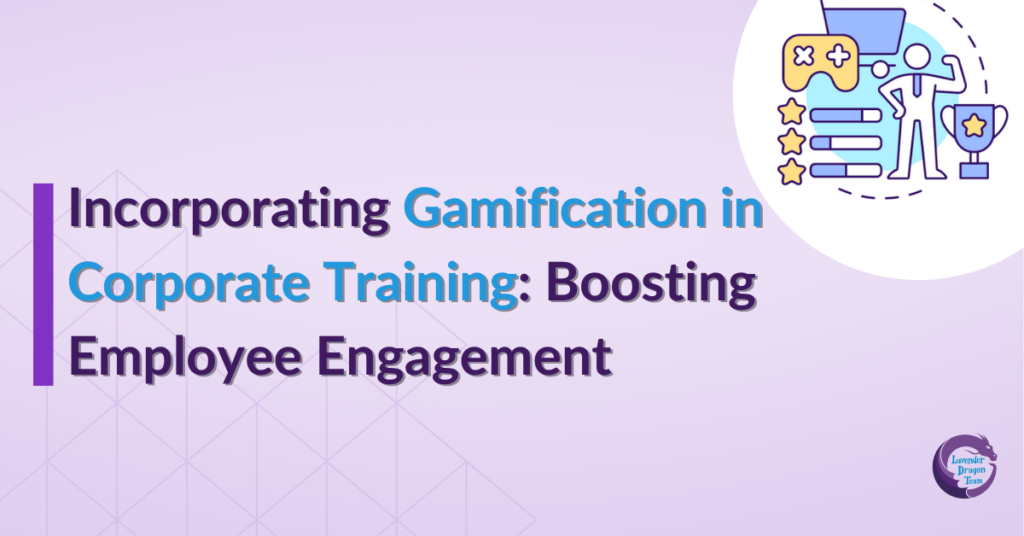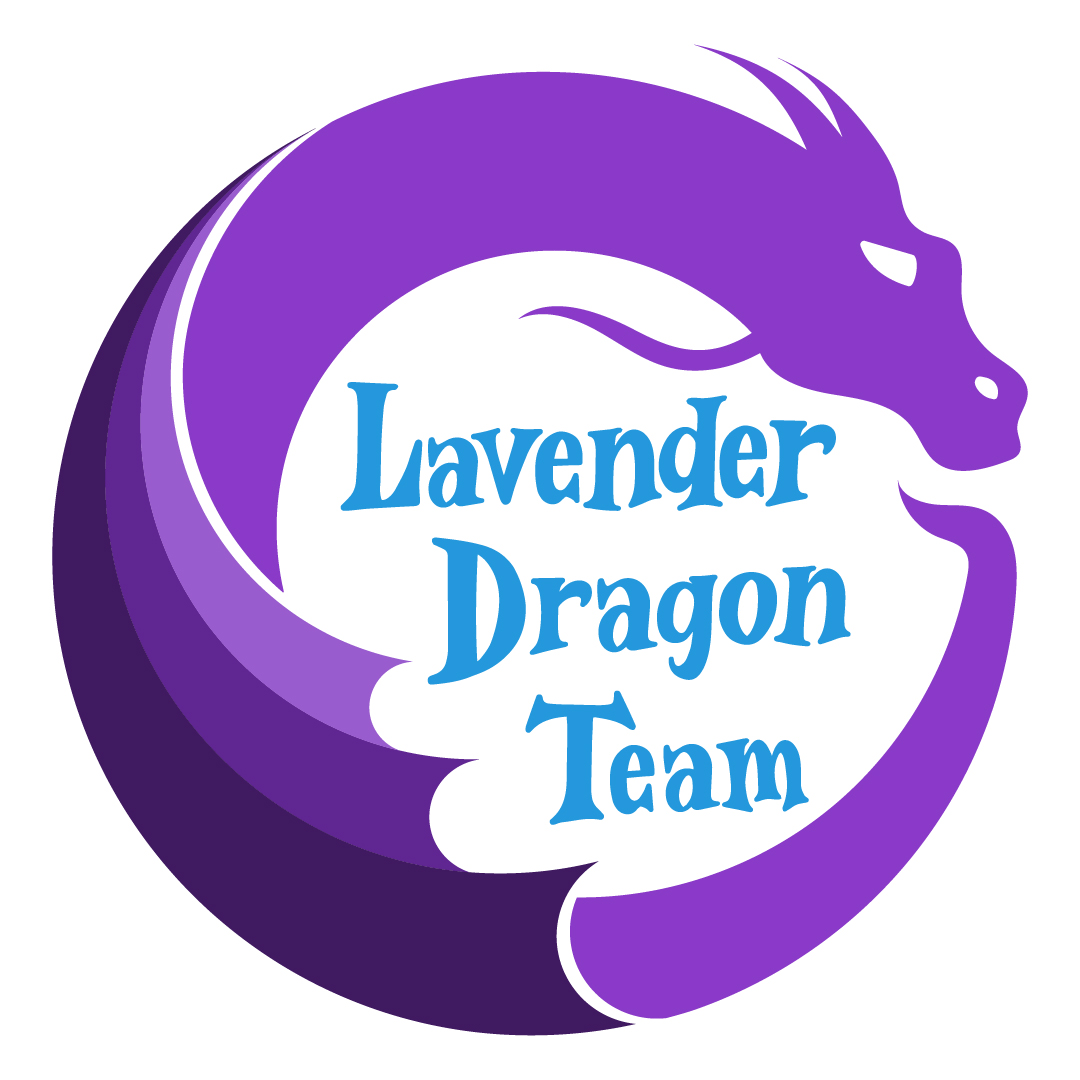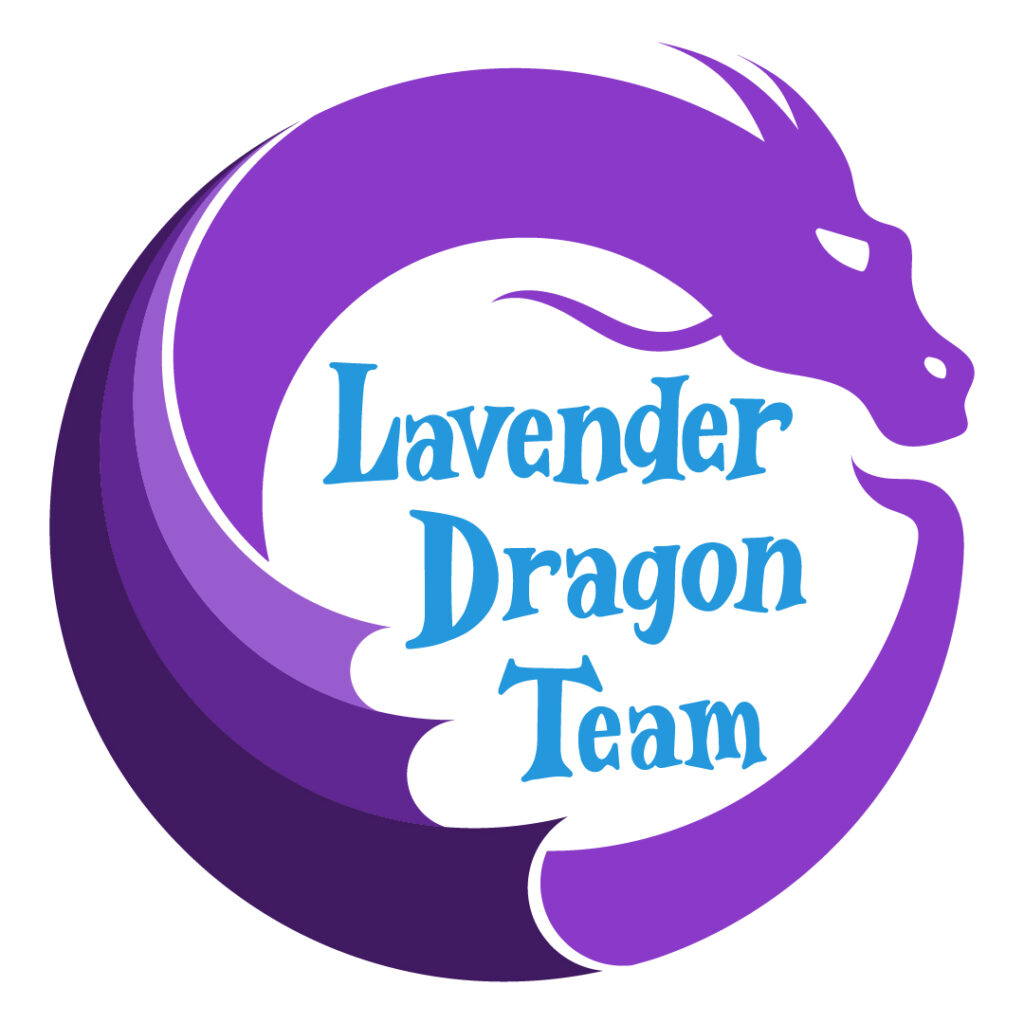Let’s talk about something that’s changing the face of corporate training: gamification. Gone are the days when corporate training sessions were dreaded by employees, marked by yawns, and watched clocks. The modern workplace is all about engagement, and what better way to achieve this than by bringing the elements of gaming into learning?

The Effect of Gamification
First, let’s clear up a common misconception: Gamification isn’t about turning work into a game. It’s about applying game-design elements in non-gaming contexts, like corporate training. Why? Because games have a unique way of engaging and motivating people.
Here’s how gamification taps into that:
- Competition and Cooperation
Leaderboards, team challenges, and multiplayer scenarios encourage both competitive and cooperative behaviors among employees. This not only makes learning fun but also fosters teamwork and camaraderie.
- Rewards and Recognition
Points, badges, and achievements in gamified training programs provide instant recognition of efforts and accomplishments. This recognition is a powerful motivator and boosts self-esteem.
- Progress and Mastery
Games are all about progression, and gamified training programs mimic this with levels, quests, and skill badges. Employees see tangible proof of their learning journey, encouraging them to aim higher.
- Engagement and Immersion
Engaging narratives and interactive scenarios hold the learner’s attention far better than traditional training materials. This deep level of engagement ensures that employees are not just present but actively involved.
- Feedback and Adaptation
Immediate feedback, through quizzes or simulations, helps employees understand what they’ve mastered and where they need to improve. Plus, adaptive learning paths can tailor the training to fit individual needs and pace.
Real-World Benefits for the Corporate Sphere
Integrating gamification into corporate training is not just a theoretical concept; it’s backed by real-world benefits. Here’s what it brings to the table:
- Improved Engagement
- Better Retention
- Increased Motivation
- Fosters Innovation
- Tracks and Measures Progress
Implementing Gamification: A Strategic Approach
Before embarking on gamifying your training program, it’s crucial to set clear objectives such as enhancing knowledge retention or skill development. Understanding your employees’ motivations and preferences is key since a universal approach to gamification doesn’t yield the best results. Selecting the appropriate game mechanics is essential, ensuring they align with both your goals and your audience’s interests. Incorporate a system for continuous feedback to refine and adapt the gamification elements, ensuring they effectively meet your objectives. Finally, tracking engagement and performance metrics is important, as is celebrating successes to highlight the gamified training program’s value.
Final thoughts
Incorporating gamification into corporate training is more than a trend; it’s a strategic approach to enhance employee engagement and learning outcomes. By leveraging the principles of game design, we can create training experiences that are not only effective but genuinely enjoyable. So, let’s level up our training programs and unlock the full potential of our teams. After all, when work feels like play, everyone wins!

